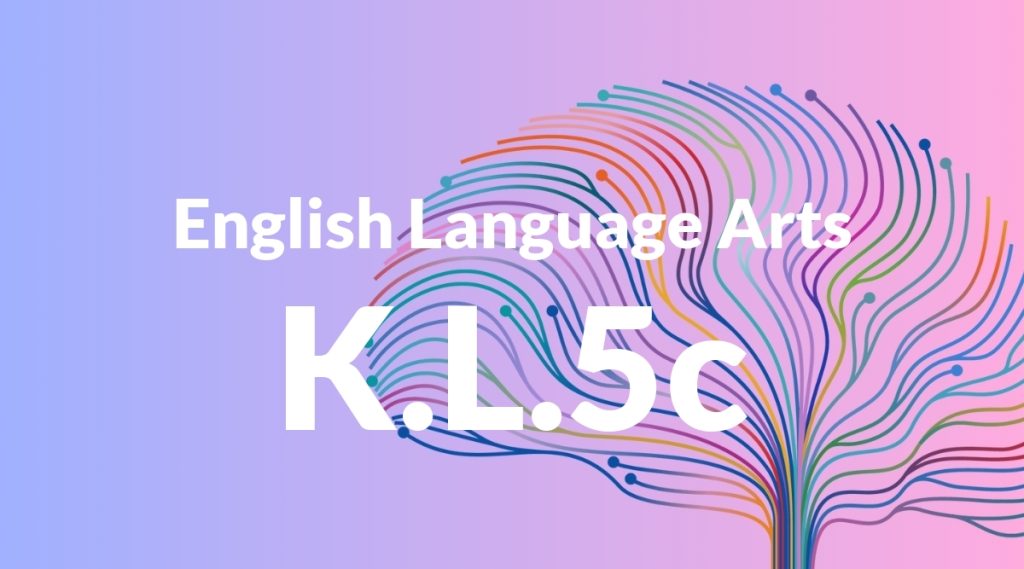Standard: K.L.5 – With guidance and support from adults, explore word relationships and nuances in word meanings.
Grade level: Kindergarten
Subject: English Language Arts
Domain: Language
Teacher Overview
This standard focuses on helping Kindergarten students explore and understand word relationships and the nuances in word meanings with adult guidance. It’s vital as it lays the foundation for vocabulary development and comprehension skills. Students should recognize common words and their meanings and be able to name objects and actions.
Students will progress to understanding more complex word relationships and using context clues to determine meanings of new words.
Common Misconception 1
Students may believe that words have only one meaning, which can limit their understanding of language. This misconception can be addressed by providing multiple contexts and examples for words.
Intervention 1
Use storybooks and conversation to show how words can have different meanings in different contexts. Engage students in activities where they match words to different meanings.
Common Misconception 2
Students may mix up synonyms and antonyms, which are essential for understanding word relationships. This can be addressed by creating visual aids and examples that clearly differentiate the two.
Intervention 2
Use charts, visual aids, and interactive activities to help students distinguish between synonyms (words with similar meanings) and antonyms (words with opposite meanings).
Prerequisite Knowledge
Students should have a basic understanding of simple words and their meanings. They should also be able to recognize and name common objects and actions.
Subsequent Knowledge
After mastering this standard, students will be able to understand more complex word relationships, such as homophones and homonyms. They will also be able to use context clues to determine the meaning of unfamiliar words.
Instructional Activities
- Reading stories and discussing word meanings
- Playing word matching games
- Using picture cards to explore different meanings
- Creating synonym and antonym charts
- Engaging in guided conversations about word relationships




